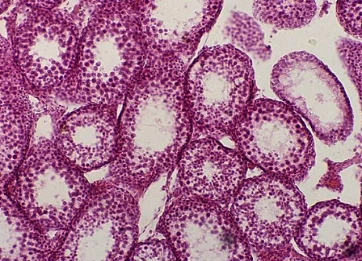Studies have found that special cancer cells may help reveal tumor cell complications and causes of mutation

Studies have found that special cancer cells may help reveal tumor cell complications and causes of mutation

Copyright © iCell Bioscience Inc, Shanghai 2018-2019
Polyp cancer cells, a cancer cell with more than two copies of a chromosome, are more bulky than other types of cancer cells and are more tolerant to radiation and chemotherapy.
Recently, researchers from Brown University have for the first time explained the intrinsic physical mechanisms of such special cancer cells.

This result suggests that such giant cancer cells have greater migration capacity than normal cancer cells, which explains why it causes more serious diseases. Such cancer cells may be able to help reveal the underlying causes of tumor cell complications and mutations.
Researchers believe that by gaining a deep understanding of the physical properties of giant cells, it may be possible to find ways to eliminate cancer and ultimately benefit patients.
In this study, the researchers found that 2% to 5% of breast cancer cells have polyp giant mutations, and the number of chromosome copies inside these cells reached four, eight or even sixteen. For example, the volume of polyploid strawberries sold in shopping malls is significantly larger than that of wild strawberries, which explains why polyploid cancer cells are larger.
In addition, the researchers found that there are more actin proteins inside giant cells, which are components of the cytoskeleton that help cells maintain specific morphology and complete exercise. This is also the key to cancer cell migration. This finding reveals why giant cells are significantly more deteriorating than normal cancer cells.
By blocking the activity of actin proteins, it was found that the structure of giant cells was destroyed. Although the discovery is still far from clinical practice, the researchers hope to further analyze the molecular level of giant cancer cells to find potential targets for treatment.
 Loading ....
Loading ....
